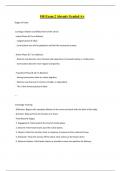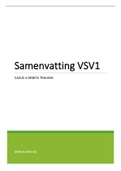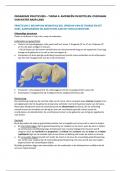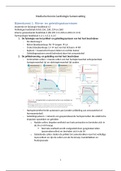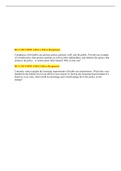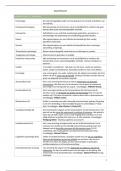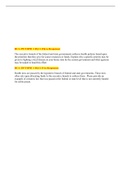Exam (elaborations)
OB Exam 2 Already Graded A+
- Course
- Institution
OB Exam 2 Already Graded A+ Stages of Labor 1st Stage: Dilation and Effacement of the Cervix - Latent Phase (0-4 cm dilation): - Longest phase of labor. - Contractions are mild to palpation and feel like menstrual cramps. - Active Phase (5-7 cm dilation): - Women may become more focused and exp...
[Show more]
